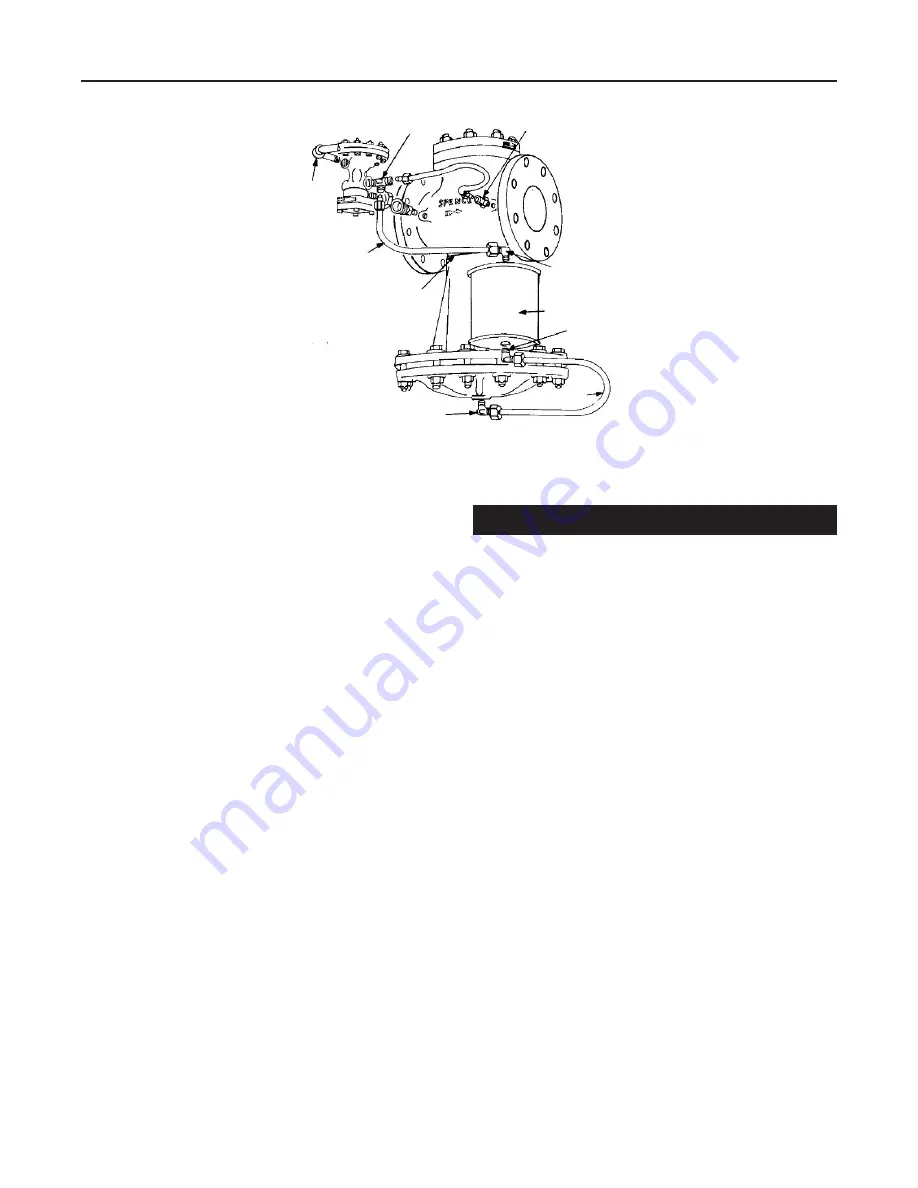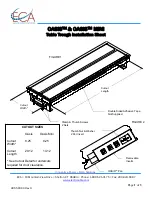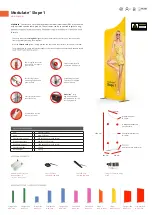
All pressure equipment should be
installed in a non-seismic area;
should not be exposed to fire; and
should be protected from thunderbolt
(lightning) strikes.
Hot water and similar liquid systems
require a relief valve to prevent
dangerous overpressure due to
expansion. Instantaneous heaters,
when operated on intermittent demand
(as in domestic water heating), require
the following conditions for best
temperature regulation.
• Constant forced recirculation of fluid
through the heater.
• Omission of thermostat well to reduce
temperature lag.
Note
Use of a thermostat compatible with the
heated medium is preferred over the
use of a standard thermostat installed
in a well which is compatible with the
heated medium. When the use of a well
is unavoidable, an appropriate heat
transfer medium should be installed
between the well and the thermostat.
△
CAUTION
The piping system must be
adequately designed and supported
to prevent extraordinary loads to the
pressure equipment.
Planning
1. Locate the regulator in a horizontal pipe. Provide
a trap ahead of the regulator to prevent water
hammer and erratic operation.
2. Use a strainer to avoid damaging effects of scale
and dirt in pipelines to protect the regulator.
3. Provide a three valve bypass to facilitate
inspection of the regulator without
interrupting service.
4. Position the thermostat horizontally. When
vertical or slanting, the tip end of the bulb must
point downward.
5. Locate the thermostat as close to the heater outlet
as practical. Expose the entire length of the bulb to
the active flow leaving the heater.
6. If the pressure rating of the heater or connected
equipment is less than the initial steam pressure,
provide a safety valve.
Figure 4
. Type T124 with Valve Condensation Chamber Tubing Bends Connection
NO. 5A RESTRICTION
ELBOW
CONDENSATION CHAMBER
NO. 5B OPEN ELBOW
DO NOT INSULATE
BELOW THIS LINE
CONDENSATION
CHAMBER BEND
CONTROL PIPE
NO. 4A
BLEED PORT
NO. 8B TEE
RESTRICTION
BEND
4
Types T124 and T134






























